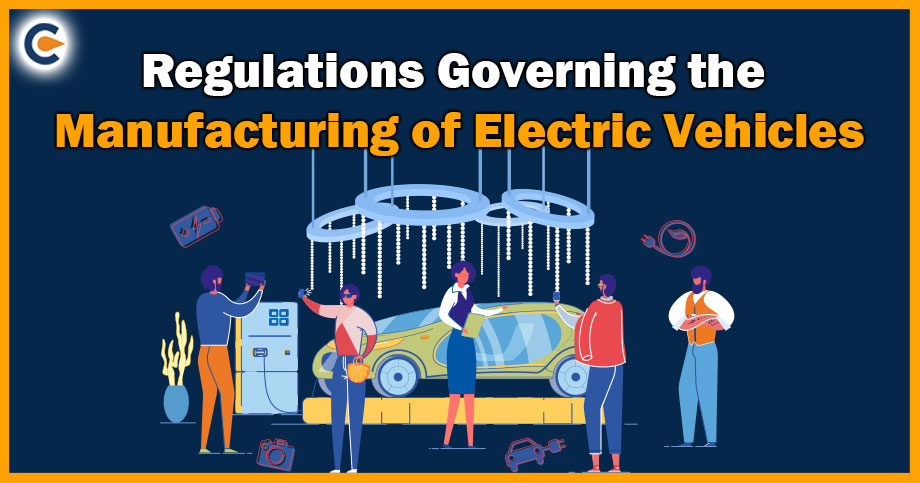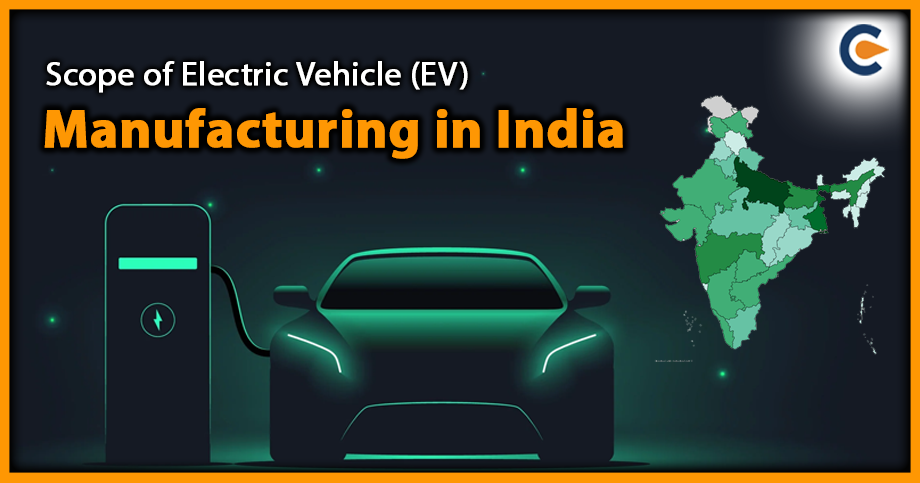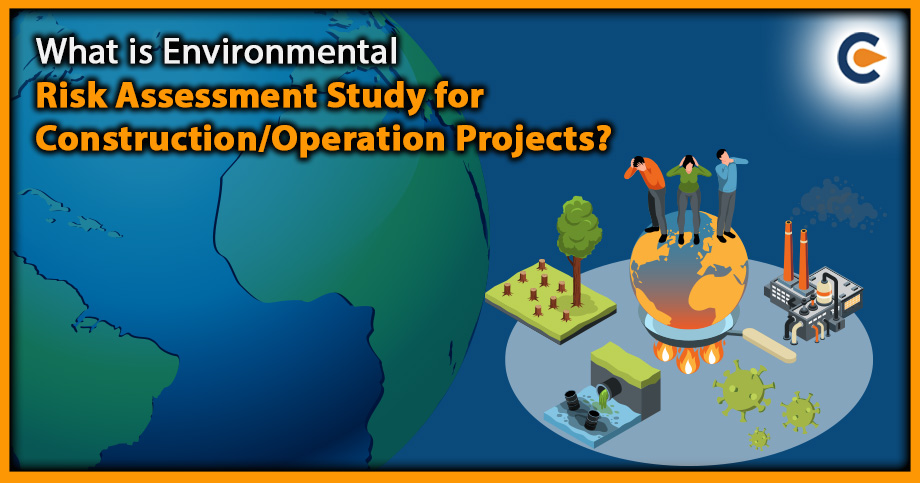The global automobile industry is now experiencing a paradigm change to transition to more energy-efficient options for mobility. With the weight of oil imports, growing pollution, and international obligations to address global climate change, India is working to ensure a transition to electric vehicles for less energy-demanding solutions. To address the issue of sustainability and reduce reliance on traditional modes of fuel-intensive mobility, policymakers in India are keeping up with the global economy by developing a mobility option that is “Shared, Connected, and Electric” and have set an ambitious target of achieving 100% electrification by 2030. (“Target 2030”). To meet Target 2030, India’s electric vehicle (EV) industry is implementing a variety of measures, such as the establishment of manufacturing hubs, subsidies and incentives by the Central and State Governments.
Current Practice on Regulations Governing the Manufacturing of Electric Vehicles
To attract investments in the manufacturing sector and create a large-scale manufacturing ecosystem in the country, the government has launched production-linked incentive schemes (“PLI Schemes”) as part of its Make in India initiative, under which incentives are provided to selected investors across a variety of sectors, including EV manufacturing.
Consent and Authorisation Required For the Manufacturing of Electric Vehicles
The geographical location of the manufacturing unit and land acquisition: To begin, any company interested in establishing an Electric Vehicles and battery manufacturing unit must first select the geographical location where such a manufacturing unit is to be created. This decision must consider several factors, including the availability of raw materials, road/rail/port connectivity for logistics, the availability of skilled and unskilled labour, and the feasibility of constructing the necessary infrastructure, business policies and incentives in the concerned state, and so on. The geographical location of the production unit is critical in determining the business’s future viability.
Another significant consideration is that the planned site on which such a unit is to be built has a clear title and that all land-related clearances from relevant authorities are in place. Businesses should do title diligence on the land to verify ownership of the title and ensure that the land is free of all encumbrances, such as mortgages and legal problems. It is essential to highlight that agricultural land can only be used to build a factory if converted to industrial usage. Private property acquisition would also include resolving concerns such as land fragmentation and compliance with municipal land ceiling rules.
The concept of industrial parks was established to address these concerns. Industrial parks are made up of land ready for industrial usage and outfitted with essential utilities such as power, water, internal roadways, and so on. As a result, businesses should get into a lease agreement or purchase property in an industrial park rather than acquire it from private sources.
Permits and Approvals Required Under the Legislation
- The Environment Protection Act, 1986[1] – In India, the EPA serves as an umbrella law issued to control, prevent, and mitigate environmental pollution. It lays forth the criteria for the discharge of environmental pollutants through different regulations and notifications, notably in managing chemical and hazardous waste management, noise pollution, and coastal development amongst others. According to the EPA, no individual carrying on any activity, operation, or process may discharge or emit any environmental pollution above the authorised criteria.
While electric vehicles may emit minimal pollution, there is still worry about increased pollution due to the installation and operation of charging stations, which ultimately rely on highly polluting coal-fired thermal power plants and battery recycling and disposal. Many spent batteries frequently wind up in backyard smelters, which employ extremely polluting technologies to extract the metal. As a result, the EPA works to alleviate such worries by regulating/restricting industrial pollution emissions, e-waste disposal, water contamination, and so on. The EPA and the rules and regulations enacted under it require strict adherence to its requirements, and both criminal and civil penalties punish any failure to do so. - Approval for Consent to Establish and operate under the Water Act of 1974 and Air Act of 1981 – The Water Act and the Air Act are the principal pieces of law adopted to address some of the country’s significant environmental challenges. The Air and Water Act established authorities such as the Central and State Pollution Control Boards (“SPCB”) to oversee the execution of these laws. The Water Act makes it illegal for an industry, operation, or process to discharge sewage or trade effluents into a stream, well, or sewer without the consent of the relevant SPCBs. The Air Act, on the other hand, authorises SPCBs to establish norms for air pollution emissions from industrial facilities and autos. Although no pollution is associated with using electric vehicles, the manufacturing process remains the same as that of a standard vehicle. As a result, the firm’s production facilities may release e-waste and hazardous pollutants throughout the manufacturing process. As previously stated, the disposal of such batteries would create many environmental harms owing to the chemical composition of the batteries. As a result, various waste management laws would apply to EV producers in general and EV batteries in particular.
- Hazardous Waste Rules, 2016 – According to the Hazardous Waste Regulations, anybody involved in the generation, processing, treatment, packaging, storage, transportation, use, collection, destruction, conversion, offering for sale, transfer, or the like of hazardous waste must acquire a permit from the SPCB.
In this context, ‘hazardous waste’ comprises any waste that poses a risk to health or the environment due to its physical, chemical, reactive, poisonous, combustible, explosive, or corrosive properties, whether alone or in combination with other wastes or substances. After reviewing the application, the SPCB may issue the applicant 5-year permission. Since an Electric vehicles facility would be dealing with hazardous waste while disposing of batteries, an EV producer would need to acquire hazardous waste clearance from the concerned SPCB. - Battery Waste Management Rules, 2022: the rules include the‘Electric vehicle battery’ that are designed to provide traction to hybrid and EV for road transport. As these rules cover producers, dealers, consumers, those involved in the collection, segregation, transportation, and refurbishment and recycling of Waste batteries, in case of starting an electric vehicle manufacturing unit, the said rule will be applicable. The manufacturer of the vehicle if manufacturing batteries will need to register on a centralised portal CPCB meant for PIBOs and fulfil EPR obligations applicable to them.
Licences and Documents Required For Manufacturing of Electric Vehicles
Extended Producer Responsibility (EPR) Registration: the registration of PIBO of electronic batteries with the Central Pollution Control Board for fulfilling the Extended Producer Responsibility that is mandated under the Battery waste Management Rules 2022. Other important licences required include:
- Consent NOC
- Factory’s Licence
- CMVR Certification
- AIS Certificate
General Framework for Standards and Specification of EVs and EV Batteries
The Motor Vehicles Act of 1988 (“MV Act”) and the laws enacted under it play an essential role in this respect. The MV Act covers motor vehicle building criteria and other areas of motor vehicle use. It is important to remember that no special government regulation in India covers only EVs. Nonetheless, because EVs qualify as “motor vehicles” under the MV Act, they are also subject to the statute’s restrictions. The MV Act gives the Central Government the authority to announce any standard to which a manufacturer of motor vehicles must adhere, as well as to create rules governing the construction, equipment, and maintenance of motor vehicles. The MV Act also permits state governments to create laws governing the construction, equipment, and maintenance of motor vehicles in areas not governed by the Central Government, such as periodic testing and inspection of cars by specified authorities and fees to be collected for such testing.
Conclusion
Technological improvements have reshaped India’s car manufacturing business. The Indian automobile sector is one of the world’s fastest-expanding markets, accounting for a significant portion of the Indian economy, a diverse spectrum of stakeholders, and a complex reach. India’s ability to develop an electric transportation paradigm might have a significant local and global influence. Electric vehicle manufacturers have recognised this potential and have begun to use innovative production processes to boost e-mobility. Likely, the electric vehicle sector will significantly evolve, better than the existing automotive to tackle environmental challenges.
Also Read:
An Overview Of Electric Vehicle Business In India
Government Initiatives For Electric Vehicles In India











